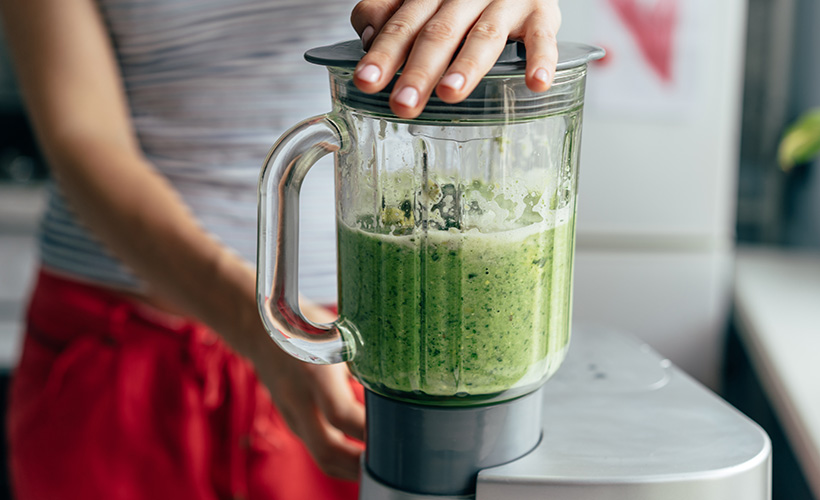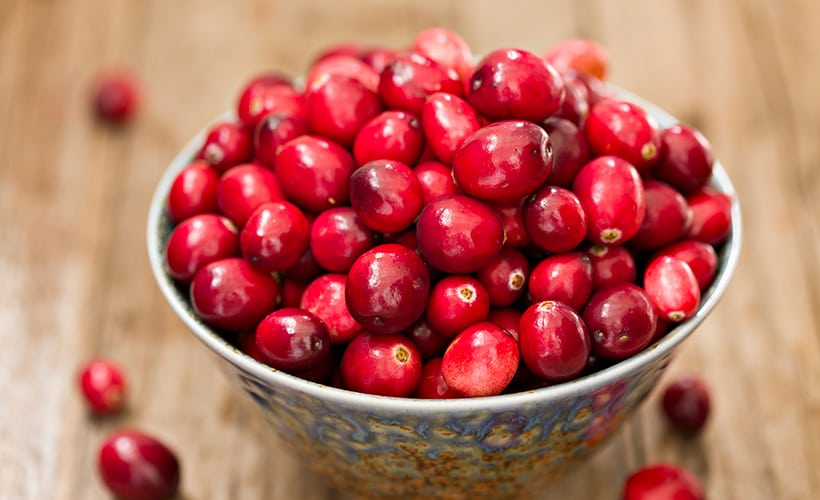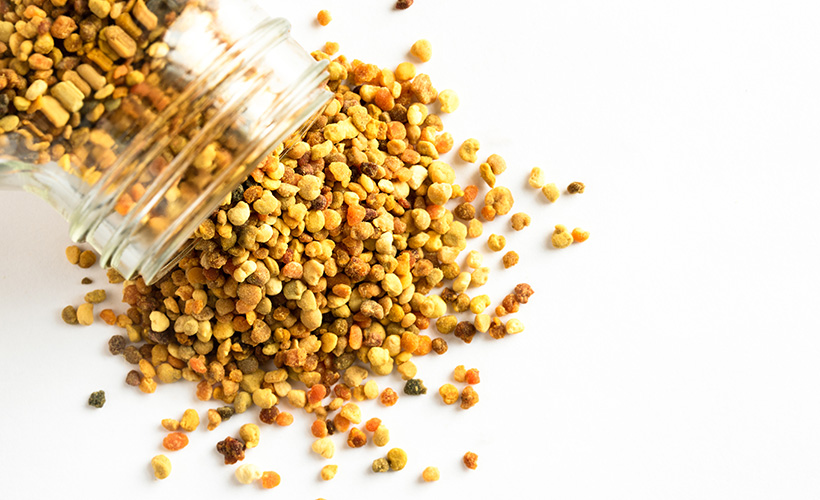As a Naturopath, it’s not uncommon for me to hear from clients that they have a hard time fitting in the daily recommended portions of fruits and vegetables that are needed for optimal health – move over 5+ a day… The recommendation is now 7+! Smoothies and juices can bump up your servings naturally, and bump unhealthy beverage choices to the curb at the same time! But what is actually the healthiest option to include in your diet…juices or smoothies? I’ve whipped up a list of some of the unique health advantages of each…
Juicing
Juicing involves grinding, squeezing, or pressing fresh fruit and/or vegetables for their juice. Juicing is a process that extracts water and nutrients from produce and discards the fiber. Freshly squeezed juices can include a variety of vegetables and fruits, like; apples, kale, spinach, beetroot, carrots, celery, lemon, and lime, or pineapple. The fruit and vegetable options are almost endless (within logical reason… I can’t see freshly squeezed potato and onion juice catching on anytime soon!)
Pros:
- Juicing allows you to quickly consume an increased amount of mineral and vitamin-rich vegetables and fruits.
- Drinking fresh cold-pressed juices can help to lighten the load on the digestive system, as they are easy to digest and as such, are often used in detoxification regimes.
- Without all the fiber, the idea is that your digestive system won’t have to work so hard to break down food and absorb the nutrients. Easing the load is especially helpful if you have a sensitive digestive system or illness that inhibits your body from processing fiber.
- Because the digestive system does not have to work as hard to digest juices, it is believed that juicing can help to lighten the load on the body, thus increasing overall energy.
Cons:
- Juice has very little protein (if any) and virtually no fat, so by itself, it’s not a complete food. It really should be used in addition to your regular meals, not in place of it, at least not on an ongoing basis.
- Because the produce used to make fresh juice won’t count toward your fiber intake, it is important to take into consideration making sure you are getting enough fiber from other food sources throughout the day.
- When you remove the fiber from the produce through most juicing processes, the sugar from the juice is absorbed into your bloodstream quickly. If you’re only juicing fruits, this could cause a rapid spike in blood sugar, potentially leading to mood swings, hormonal imbalances, and fatigue.
- Fiber is filling and so without fiber in the juice, some people tend to get hungry again quickly.
Smoothies
Smoothies are thick and smooth drinks, made by processing a variety of ingredients in a blender. They usually have a milk base (dairy or plant-based), blended with fruit, yoghurt, fresh greens, seeds, nuts, nut butter, protein powders, super food powders, and more!
Pros:
- Smoothies can help to prevent constipation and other digestive complaints as they are generally packed with fibre, which helps to flush out the colon.
- The fiber in smoothies helps create a low, even release of nutrients into the bloodstream and avoids blood sugar spikes.
- The fiber in smoothies helps the body to eliminate toxins through the liver, kidneys, and colon instead of the skin. When your colon is backed up and your liver is not working properly, the body detoxes through the skin. Helping to move things through the body can help to eliminate this problem, allowing the skin to glow.
- Smoothies are packed with vitamins, minerals, protein, and fiber and are digested more easily than many other meals. Easy digestion means plenty of energy left for other important bodily processes.
- Smoothies tend to be more filling and generally faster to make than juice.
Cons:
- If you pack your smoothie with sweet added ingredients; flavored yogurt, sweetened soymilk, honey, or too much fruit – you’ll be adding significantly to your daily sugar intake. For the most nutritious smoothies, aim for a mix of fruit, vegetables, healthy fat, and protein.
- Smoothies consist of the entire flesh of the fruit or vegetable and are therefore higher in fiber than juice. Some people find digesting fiber hard.
While this is by no means an exhaustive or extensive list of the pros and cons of consuming juices or smoothies, it can be helpful to know that if you’re looking to add liquid nutrition to your healthy eating regimen, fresh juices and smoothies can both offer nutritional benefits. Each, however, has distinct advantages and drawbacks. When you want to boost your intake of fresh vegetables and fruits, incorporating some freshly-pressed juices into your diet could be a good way to achieve that goal. If you need an on-the-go meal or snack that provides nutrients to keep you feeling full, smoothies are an excellent choice with more opportunities for a balanced nutritional uptake. Either way, in moderation, drink up to good health!

















Community